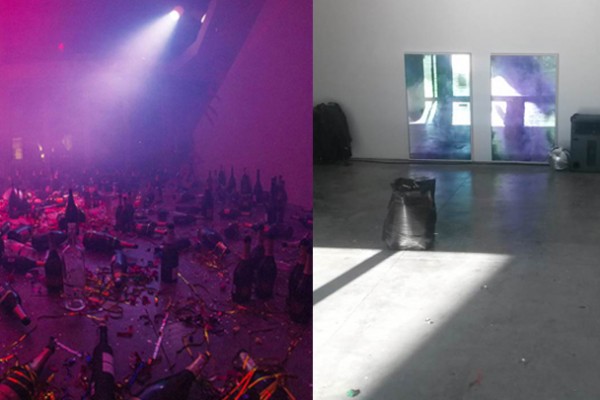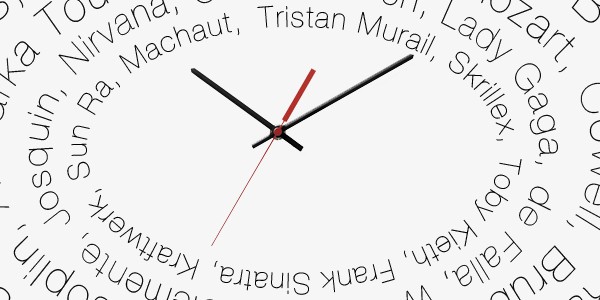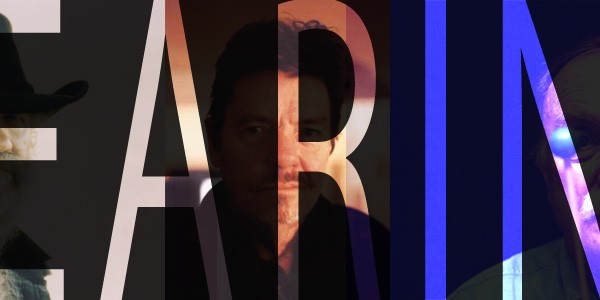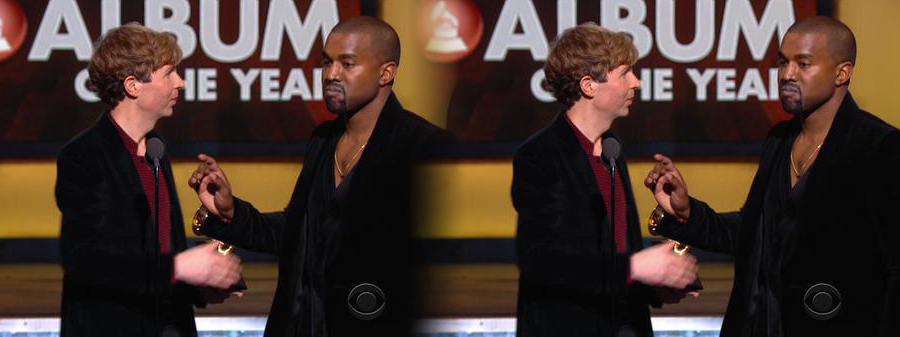Despite my very very brief attendance at the Electroacoustic Music Studies 2019 (EMS19) conference (hosted at Casa del Lago UNAM, Mexico City), I found the experience to be engaging, encouraging, and illuminating. I’ve never been to Mexico City before, nor have I ever travelled to Mexico at all for work/music-related things. Yes, I’ve been to Mexico for vacation, like most people from CO, but I now feel remiss that I’ve remained so oblivious and unaware of those relatively nearby electroacoustic communities. Ok, so my Spanish isn’t really good at all, but I’ve never felt more inclined to rededicate myself to improving those language skills given my exposure to some of the people and ideas I encountered in CDMX. Here are some of my thoughts about how things went.
Continue reading →















